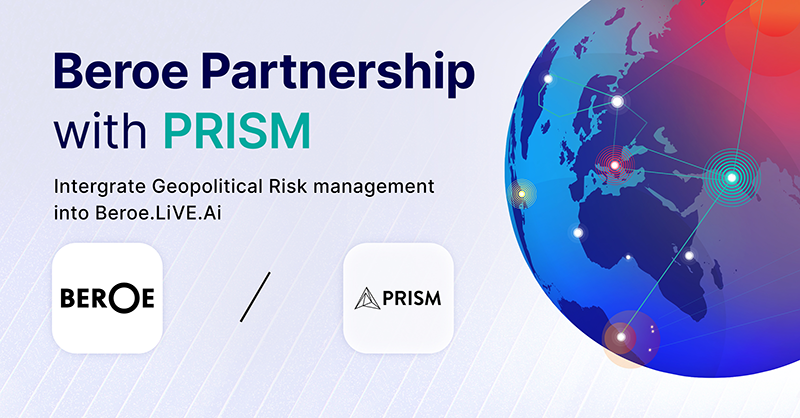Going One Step Beyond Supplier Consolidation
Source: Mypurchasingcenter
By Amit Pratap, Lead Analyst
Supplier consolidation is a common strategy adopted by a number of mature procurement bodies in order to optimize spend in various spend categories. Consolidation facilitates cost savings and helps in streamlining the procurement process. But what challenges can procurement teams face while adopting supplier consolidation? This study addresses the possibilities beyond supplier consolidation, which procurement teams around the world can adopt at their organization, in order to take procurement to next level.
Concerns of Supplier Consolidation: MRO and Lab Equipment Sourcing
Categories such as laboratory supplies and MRO are very diverse. These categories often contain a number of line items supported by a lot of suppliers. Companies often adopt supplier consolidation strategies in order to get maximum benefits out of their total spend. Supplier consolidation facilitates volume consolidation and enables higher bargaining power for the buyers. It also reduces the administration costs for the buyer as they have to manage fewer suppliers. This ultimately generates more time for procurement department to address critical issues of the procurement strategy. Though supplier consolidation generates a lot of benefits, it also raises few concerns among category managers that include:
- Dependency on few suppliers
- Price paid
- Quality
- Lack of Innovation
- Flexibility
These concerns are interlinked. For example, supplier consolidation might generate a lower price but not the best price. Similarly, high dependency on fewer suppliers and thin margins may discourage suppliers from innovation and quality enhancements.
Related News
View all
Beroe Makes Strategic Investment in Forestreet, Strengthening AI Capabilities and Driving Procurement Intelligence Innovation

Beroe introduces on-demand geopolitical risk analysis through PRISM enabling C-Suite to protect against ongoing supply chain disruptions
